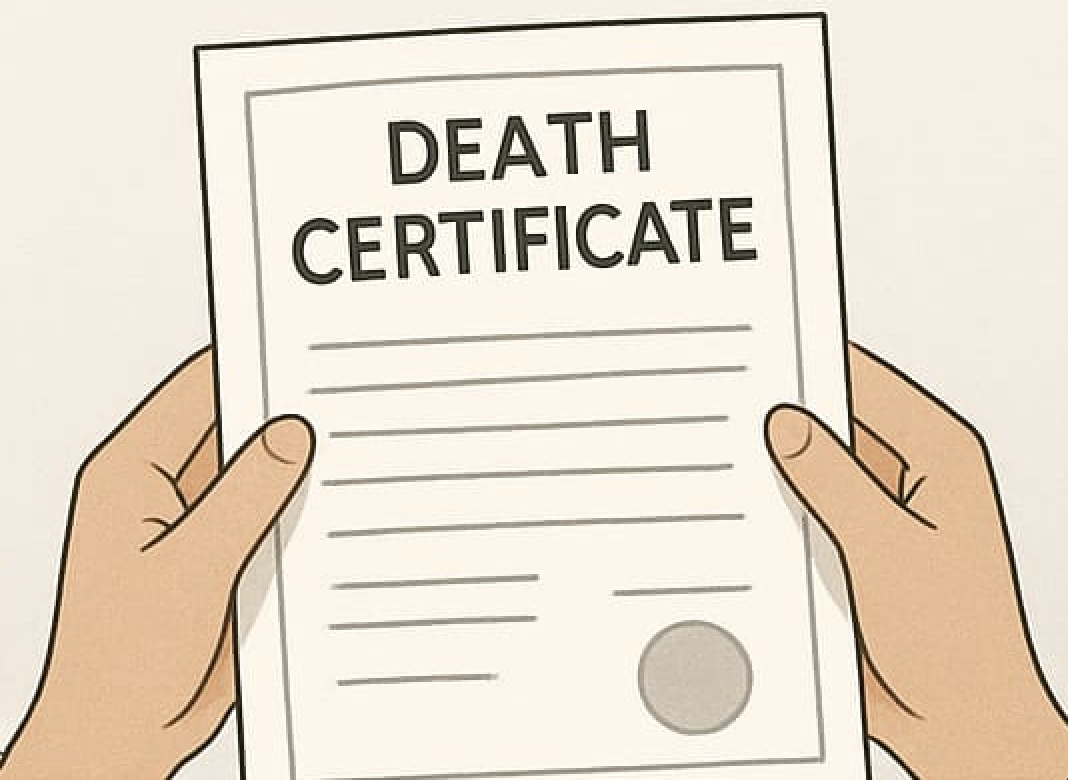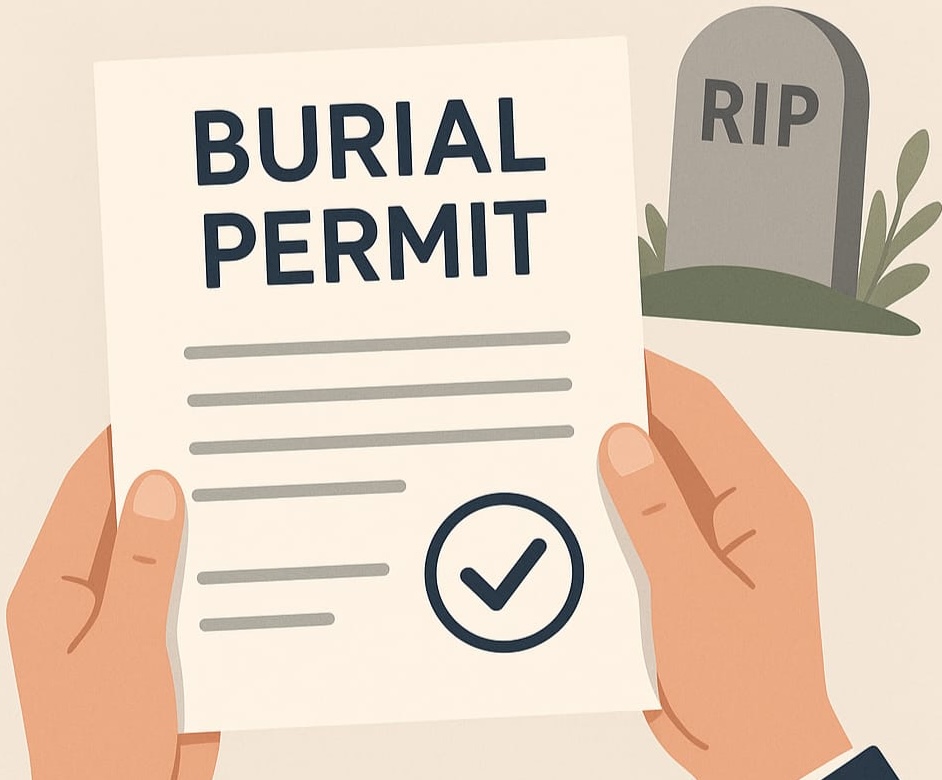How to obtain a death certificate
A death certificate is essential for funerals, bank claims, insurance, pension and legal processes. This guide explains the process, required documents, typical timelines and practical tips.
Who issues death certificates
- A death is certified by a medical practitioner (for natural deaths) or by a medical officer/forensic pathologist (for unnatural deaths). The hospital, police, or county registrar issues the official certificate or notification needed for burial and legal claims.
Immediate steps at the place of death
- If death occurs in hospital: The hospital issues a medical certificate of cause of death and provides guidance on obtaining the official death certificate from the county registrar.
- If death occurs at home: Notify the nearest police station and your local health facility. A clinician will examine the body; for natural deaths the clinician may issue a medical form to take to the registrar. For suspicious or sudden deaths, police and a post‑mortem may be required.
Documents required
- Completed medical certificate of cause of death (from hospital/clinician) or police report (if applicable).
- Original national ID or passport of the deceased (copies may be accepted initially).
- Next of kin’s ID and filled application forms required by the county registrar or hospital mortuary.
- For deaths outside Kenya, the Kenyan embassy or consulate will coordinate documentation for repatriation.
Where to apply
- County Registrar of Births and Deaths: Most counties require registration at the local county office where the death occurred. Bring the medical certificate and IDs.
- Hospitals and mortuaries: Many hospitals assist families with registration or forward the necessary forms to the registrar.
- Police stations: For deaths involving the police or where a post‑mortem is required, obtain the police report and follow directions to the registrar.
Typical timelines and fees
- Registration timelines vary by county; many issue a death notification or certificate within 24–72 hours for natural deaths once paperwork is complete. Post‑mortem or police investigations can extend this.
- Fees are minimal or waived in many counties for death registration; confirm with the local county registrar.
Using the death certificate
- You will need certified copies for banks, insurers, KRA, NHIF, pension providers, and for applying for burial permits. Make several certified copies at the county office or a magistrate’s office.
Common issues and solutions
- Missing medical certificate: Return to the issuing hospital/clinician to obtain the completed form.
- Delayed post‑mortem: Keep in touch with the police and mortuary; obtain a police report or clearance letter for administrative steps.
- Disputes over identity: Bring witnesses, original IDs, or community leaders to confirm identity.
Practical checklist
- Obtain medical certificate of cause of death from hospital/clinician or police report.
- Visit the county registrar with the deceased’s ID and the next of kin’s ID.
- Request multiple certified copies.
- Use certified copies for banks, insurers, KRA, NHIF, pensions and burial permits.
Where to get help
- Hospital administration, county registrar offices, local police station, funeral directors, and legal aid clinics.
A timely, correctly issued death certificate speeds access to benefits, enables lawful burial and protects families from administrative delays and fraud.




